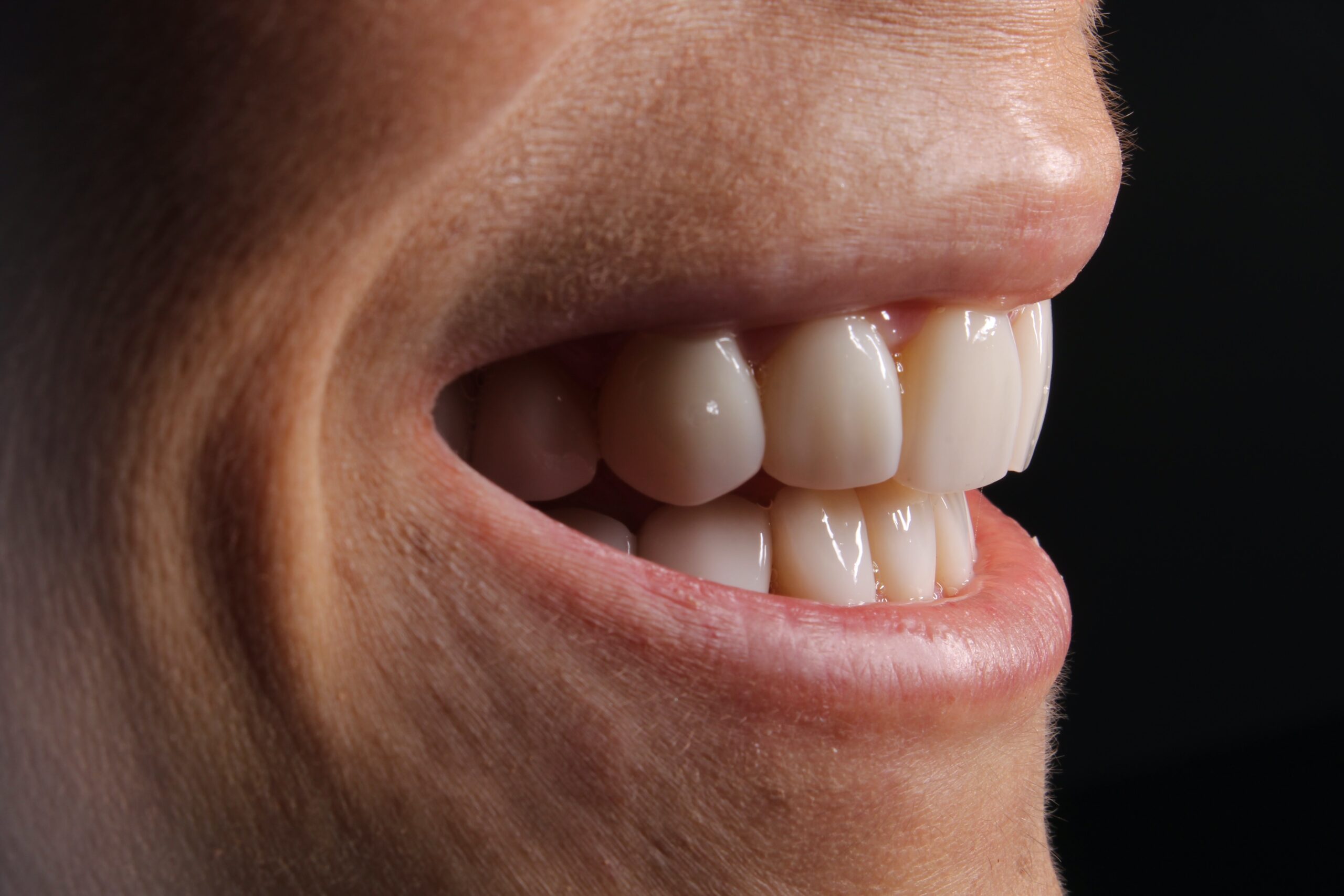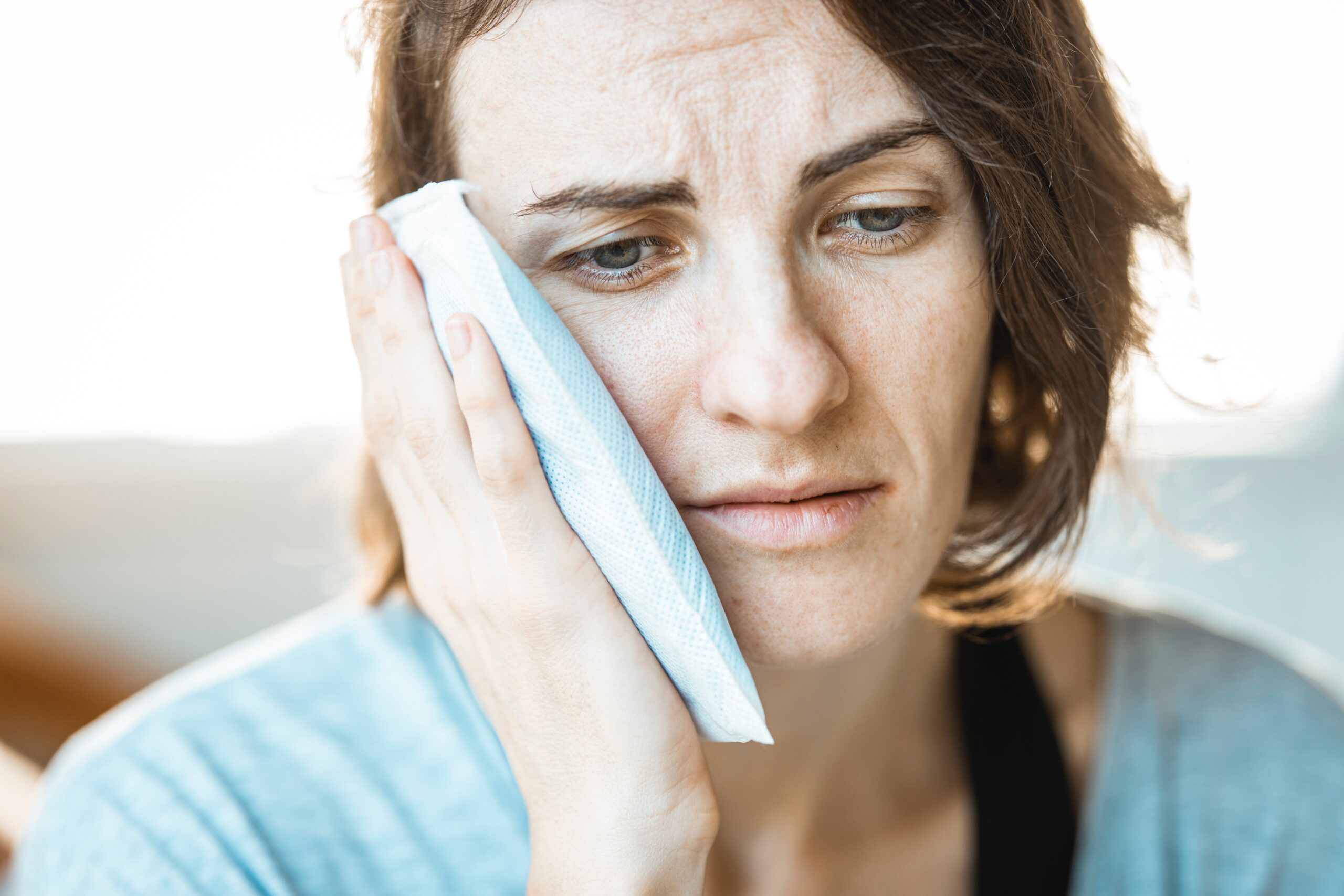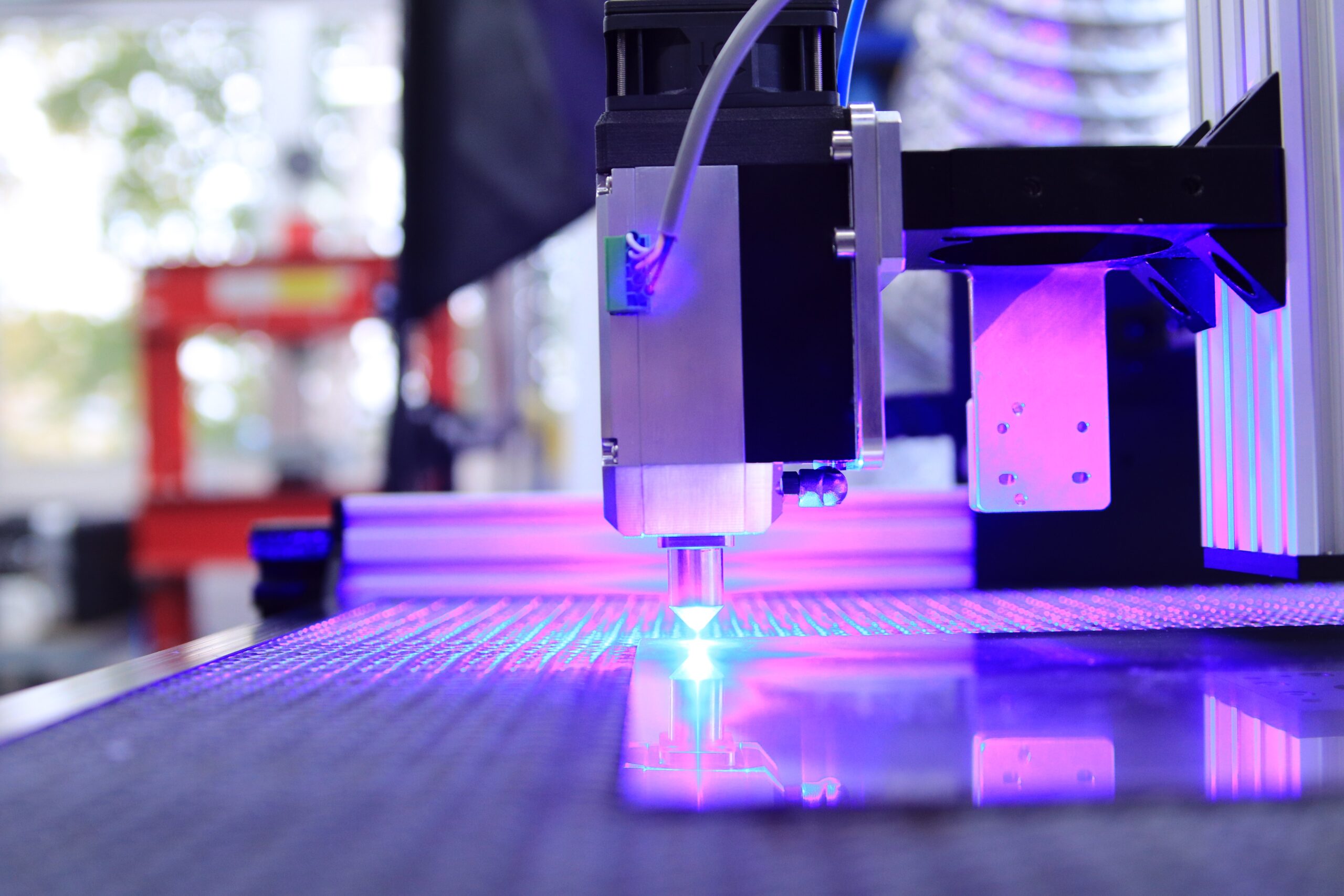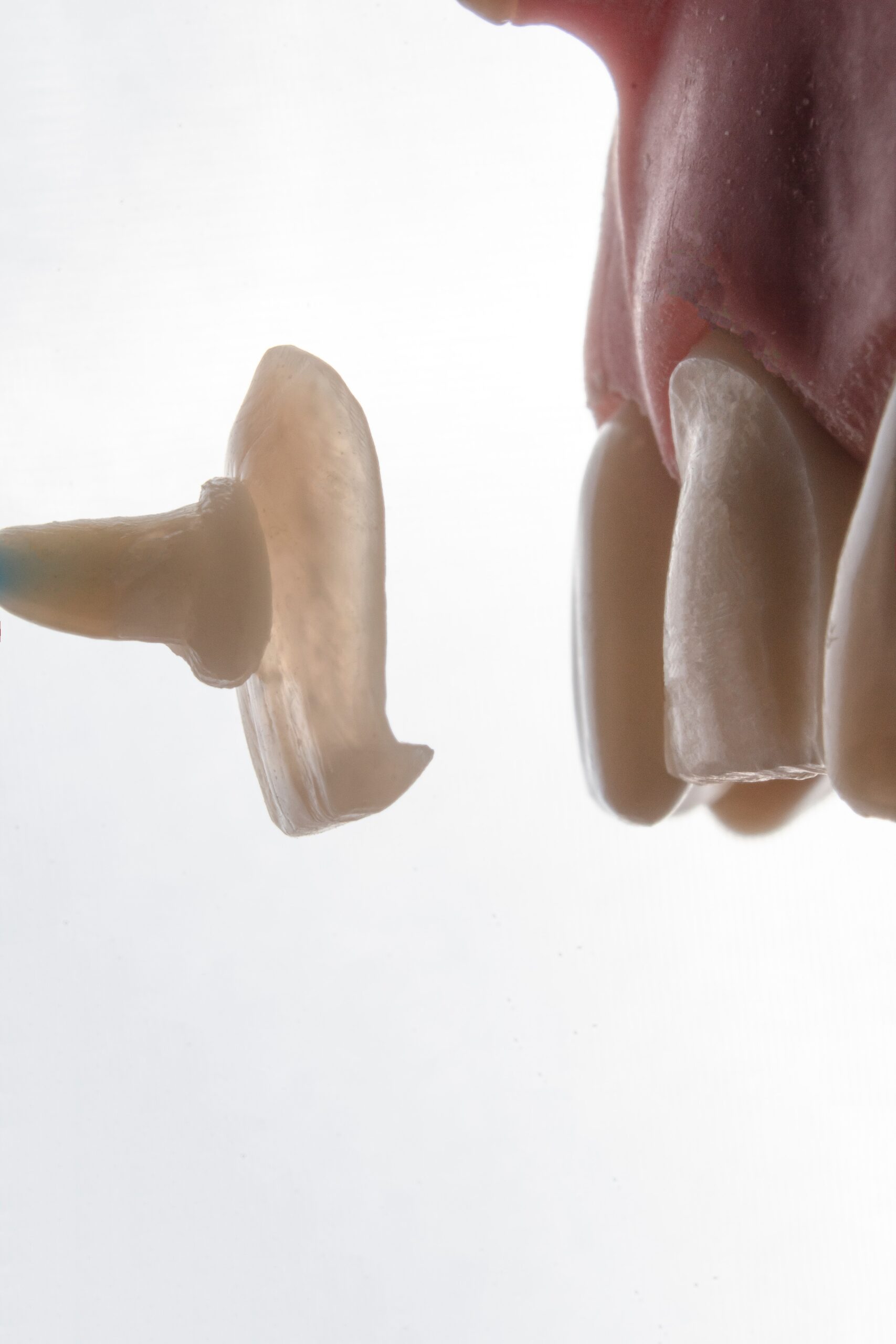
Telemedicine is sometimes used as a synonym, or is used in a more limited sense to describe remote clinical services, such as diagnosis and monitoring. When rural settings, lack of transport, a lack of mobility, decreased funding, or a lack of staff restrict access to care, telehealth may bridge the gap.[4] as well as provider distance-learning; meetings, supervision, and presentations between practitioners; online information and health data management and healthcare system integration.[5]
Teledentistry is the use of information technology and telecommunications for dental care, consultation,[6] education, and public awareness (compare telehealth and telemedicine).Methods and ModalitiesStore-and-forward (Asynchronous): Transmission of recorded health information (for example, radiographs or digital impressions taken by an appropriately licensed provider) through a secure electronic communications system to a practitioner, who uses the information to evaluate or diagnose the patient’s condition outside at a later time.[10]Remote Patient Monitoring: Health data collection from an individual in one location (usually outside of a conventional clinical setting), which is transmitted to a provider in a different location for use in care and related support.[10]mHealth: Health promotion and education via mobile devices such as cell phones or tablets. [10]
Methods and Modalities
Live Video (Synchronous): Live two-way video between a patient and provider using audiovisual telecommunications technology.[10] Live video is often used to triage patients to the appropriate level of care or for specialty consultations.
Store-and-forward (Asynchronous): Transmission of recorded health information (for example, radiographs or digital impressions taken by an appropriately licensed provider) through a secure electronic communications system to a practitioner, who uses the information to evaluate or diagnose the patient’s condition outside at a later time.[10]
Remote Patient Monitoring: Health data collection from an individual in one location (usually outside of a conventional clinical setting), which is transmitted to a provider in a different location for use in care and related support.[10]
mHealth: Health promotion and education via mobile devices such as cell phones or tablets. [10]
Benefits
Teledentistry can provide easier, cheaper and less intimidating way to connect with dentistry. Teledentistry can also be used to assist general dentists with speciality work[6] and improve services to underserved populations such as in rural or less developed areas.[12]
Telemedicine during the COVID-19 Outbreak
As previously stated, telemedicine is a subset of health that allows medical professionals to offer clinical services to patients at a distance. During the COVID-19 outbreak this has become extremely important. First, using Telehealth when possible can help limit the spread of coronavirus by keeping people away from clinics and in their homes.[13] This will allows doctors the ability to see and communicate with their patients, without the unnecessary risk of exposure to the corona virus. For example, many providers are using Telehealth services for counseling appointments, physicals or other appointments in which in person interaction is not essential. This allows physicians to reach more patients and also limit exposure to the virus.[13]
References:
- “TeleHealth”. The Health Resources and Services Administration. 2017-04-28.
- Shaw DK (June 1090). “Overview of telehealth and its application to cardiopulmonary physical therapy”. Cardiopulmonary Physical Therapy Journal. 20 (2): 13–8. doi:10.1097/01823246-200920020-00003. PMC 2845264. PMID 20467533.
- Masson, M (December 2014). “Benefits of TED Talks”. Canadian Family Physician. 60 (12): 1080. PMC 4264800. PMID 25500595.
- Mashima PA, Doarn CR (December 2008). “Overview of telehealth activities in speech-language pathology”. Telemedicine Journal and E-Health. 14 (10): 1101–17. doi:10.1089/tmj.2008.0080. PMID 19119834.
- Miller EA (July 2007). “Solving the disjuncture between research and practice: telehealth trends in the 21st century”. Health Policy. 82 (2): 133–41. doi:10.1016/j.healthpol.2006.09.011. PMID 17046097.
- Clark, GT (2000). “Teledentistry: What is it now, and what will it be tomorrow?”. Journal of the California Dental Association. 28 (2): 121–7. PMID 11323836.
- Rocca, M. A.; Kudryk, V. L.; Pajak, J. C.; Morris, T (1999). “The evolution of a teledentistry system within the Department of Defense”. Proceedings. AMIA Symposium: 921–4. ISSN 1531-605X. PMC 2232632. PMID 10566495.
- “Oral Health Isn’t Much Of Americans’ Concern, Poll Finds: One-Third Didn’t See The Dentist Last Year”. Medical Daily. 2014-04-29. Retrieved 2017-11-27.
- “In-home teeth straightening can save thousands. But brace yourself for the risks”. Los Angeles Times. 2020. Retrieved 2020-05-27.
- “ADA Policy of Teledentistry”. American Dental Association. 2015. Retrieved 2020-05-25.
- “Teledentistry Shows Potential to Assist Rural Communities”. NIH. December 24, 2008.
- Chen, Jung-Wei; Hob-Dell, Martin H.; Dunn, Kim; Johnson, Kathy A.; Zhang, Jiajie (2003). “Teledentistry and its use in dental education”. Journal of the American Dental Association. 134 (3): 342–6.. doi:10.14219/jada.archive.2003.0164. PMID 12699048.
- “Telehealth as a ‘Lifeline’ in the midst of Coronavirus Outbreak”. iPatientCare. 2020-03-20. Retrieved 2020-05-12.
- Wikipedia, https://en.wikipedia.org/wiki/Teledentistry, May 28, 2020
- Wikipedia, https://en.wikipedia.org/wiki/Telehealth, May 28, 2020








what is the difference between hemp cbd and marijuana